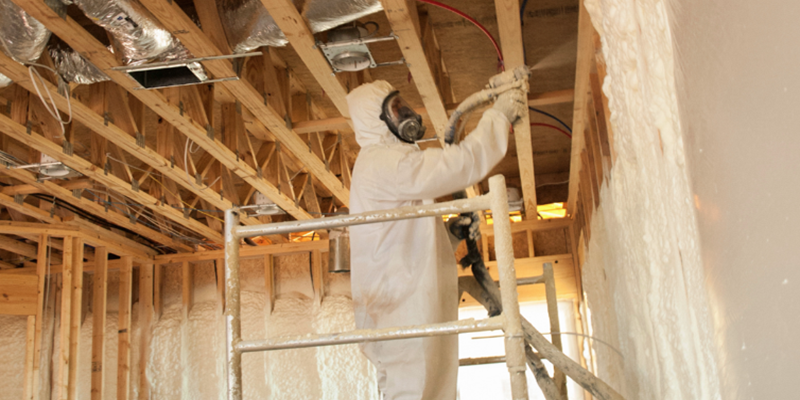Hydrofluoroolefins (HFOs) have emerged as a key component in the production of insulating polyurethane foams, largely due to their lower global warming potential (GWP) compared to traditional blowing agents like hydrofluorocarbons (HFCs) and hydrochlorofluorocarbons (HCFCs). In these systems, the stability and performance of polyurethane catalysts are critical to achieving the desired foam properties. Among the catalysts used in HFO-based systems, DMDEE (Dimethylethanolamine) stands out due to its exceptional compatibility and stability.
Stabilizing HFO-Based Systems
HFOs are increasingly favored in the industry due to their environmental benefits and effective performance in foam insulation. However, the introduction of HFOs into polyurethane systems poses unique challenges, especially regarding the stability of catalysts. Traditional amine catalysts can exhibit reduced stability in HFO-based systems, leading to inconsistencies in foam quality and performance. This is where DMDEE plays a crucial role.
DMDEE is known for its reduced amine activity, which makes it highly stable when used in HFO-based polyurethane systems. This stability is essential for ensuring consistent foam production, as it prevents premature reactions that could compromise the foam’s structure and insulating properties. The compatibility of DMDEE with HFOs ensures that it remains active throughout the foaming process, contributing to uniform cell structure and optimal insulation performance.
Widespread Use in HFO-Stabilized Catalyst Solutions
DMDEE’s stability with HFOs has led to its widespread adoption in almost every HFO-based catalyst solution. It is particularly effective in maintaining the balance between the blowing and curing reactions, which is critical for achieving high-quality foam with excellent thermal insulation properties. The reduced amine activity of DMDEE not only enhances its stability but also contributes to the fine-tuning of the foam’s reaction profile, ensuring a smooth and controlled foaming process.
Blowing Agents in Polyurethane Foam Production
In addition to HFOs, various other blowing agents are used in the production of polyurethane foams, including HFCs, HCFCs, formates, ketones (such as acetone), and hydrocarbons. Each of these agents has its own set of characteristics that can influence the choice of catalysts. However, in HFO-based systems, the use of DMDEE has become almost indispensable due to its unmatched stability and performance.
In conclusion, DMDEE catalyst plays a vital role in the stabilization of HFO-based polyurethane systems, ensuring consistent foam quality and enhanced insulation performance. Its compatibility with HFOs makes it a key component in modern, environmentally friendly insulation solutions.
Post time: Aug-26-2024

